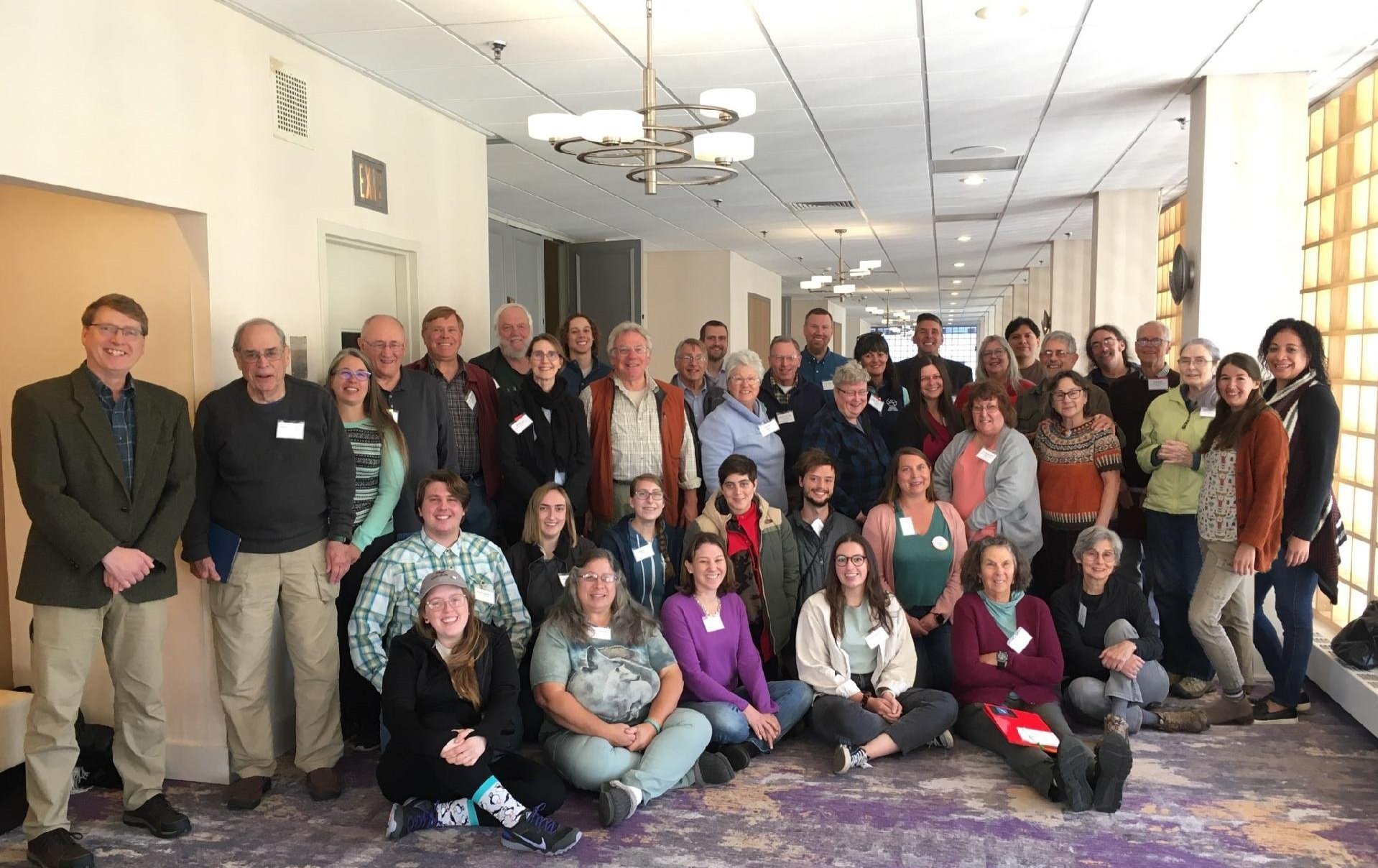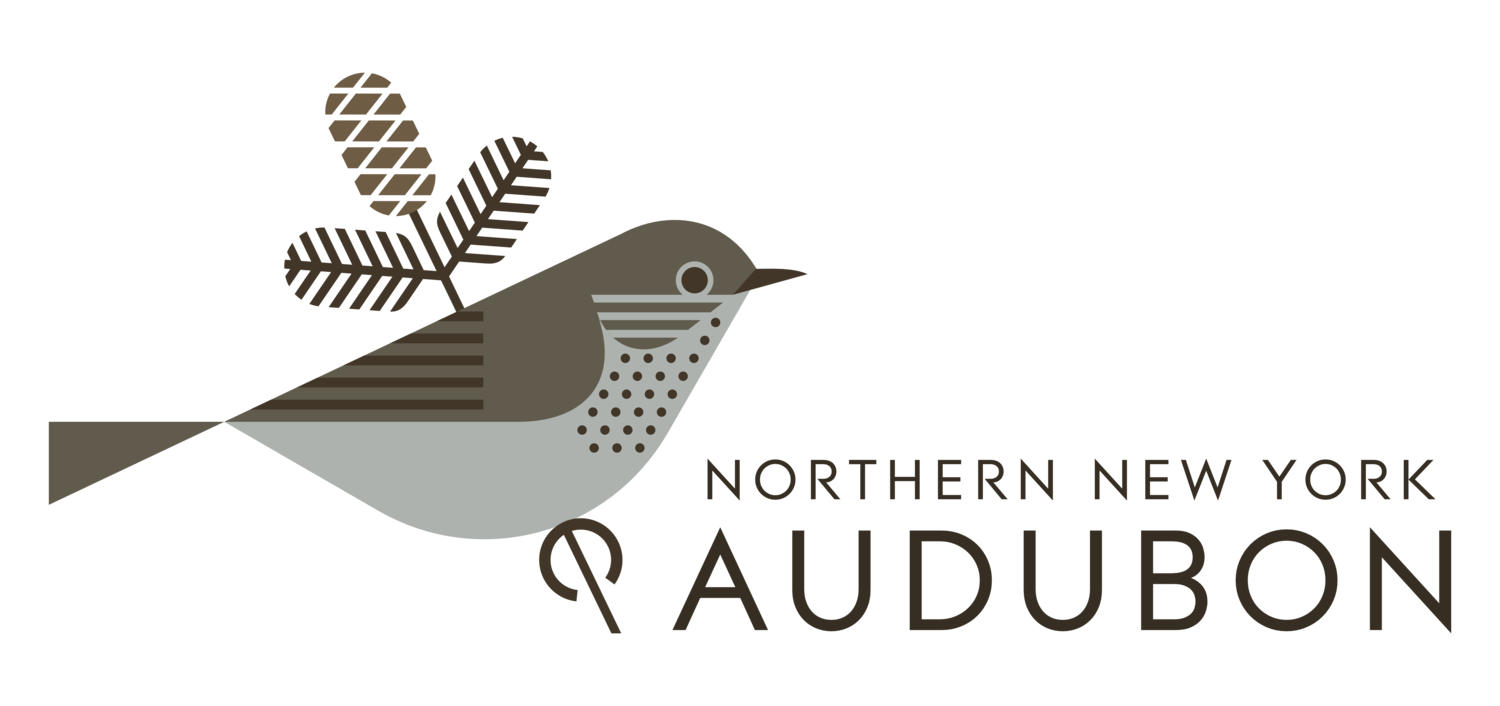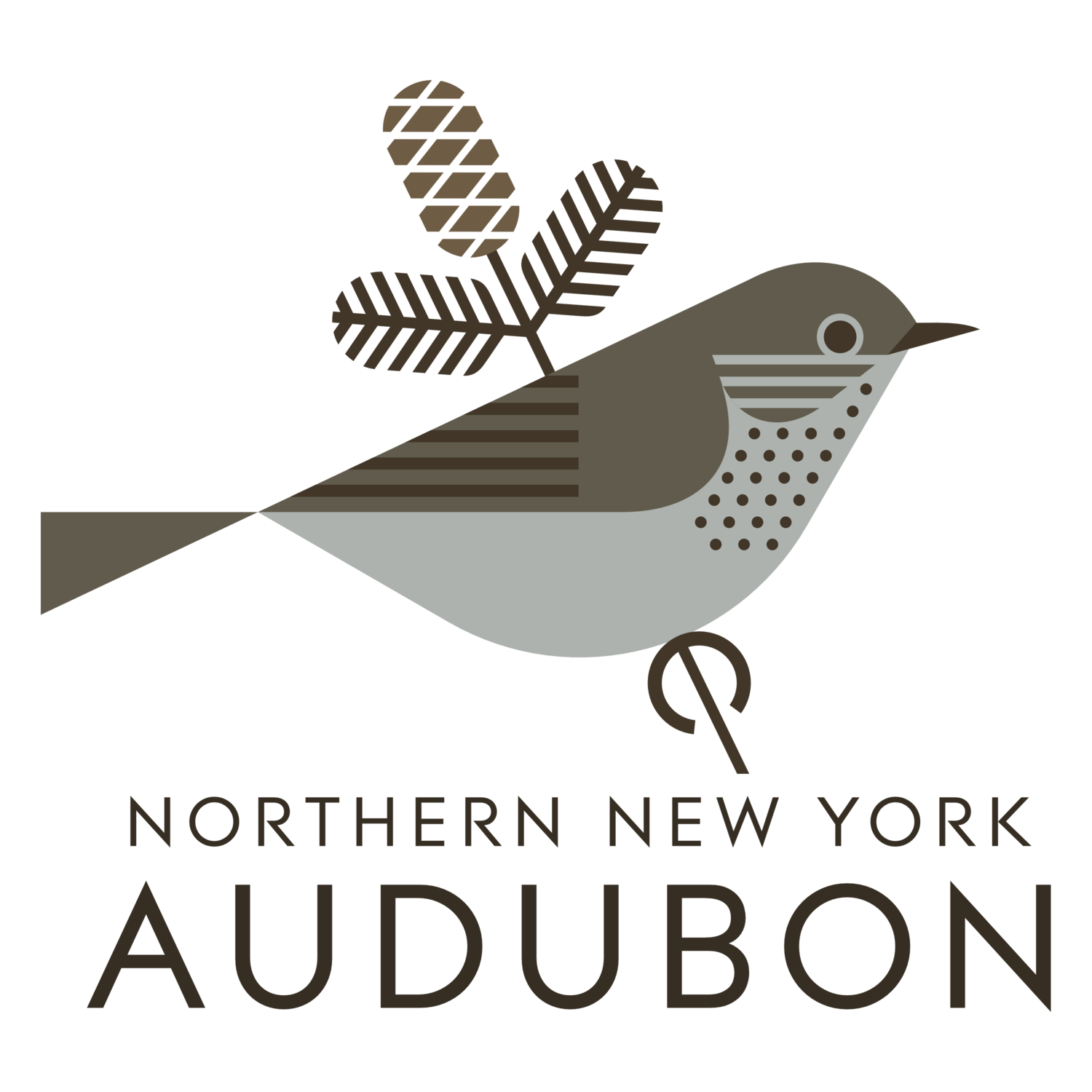
The Audubon Network
It’s About the Birds…and Everything Birds Rely On
National Audubon Society is a conservation powerhouse, with the tagline “America’s Most Effective Conservation Network.” Birds are a universal “on-ramp” to engage people everywhere with ecology, conservation, and even advocacy. Birds require multiple, healthy ecosystems in order to thrive; so Audubon cares about desert, ocean, alpine, prairie, and other habitats as well as all of the other flora and fauna found in those habitats. A focus on migratory flyways opens the door for international conversation and partnerships. This “back to birds” vision has its detractors, but it’s hard to deny that birds open the door to nearly every other conservation issue we’re facing today.
The Audubon Network is Complicated
It is easy to get confused looking at the structure of the Audubon Network, something acknowledged by everyone involved. However, this isn’t seen as a weakness of the organization as a whole, but rather its most important strength. National looks at the big picture as much as possible while still supporting chapters; state chapters support National’s efforts but also focus on state-specific issues that might not otherwise be a National priority; the autonomous regional chapters are supported by their state chapter and National and enjoy an amplified regional-focus. Here’s a breakdown:
National Audubon Society – huge non-profit with paid staff and an advisory board
Audubon State Chapters – many states, including NY, have strong state chapters. These chapters have paid staff and usually have at least one staff member dedicated to reaching out to the regional chapters within their state. Audubon New York is our state chapter and is based in Troy, NY. Laura McCarthy is Audubon New York’s Manager of Conservation Engagement and serves as a strong resource for the NYS regional chapter. State Chapters are strongly connected with national.
Regional Chapters – there are over 450 regional chapters across the country, including NNYA. These chapters have a board of directors. Volunteers lead some boards and chapters (NNYA included); other chapters, usually based in densely populated areas, have large budgets and many paid staff. New York City Audubon is a great example. Regional chapters manage their own websites, source their own funding, and are very independent. Regional chapters are not obligated to agree with or support state or National initiatives or priorities.
Non-National Affiliated Chapters – There are also regional and state chapters that are not currently part of the official Audubon web but have retained the Audubon identity. These chapters do amazing, important work. Mass Audubon is a good example of this – they even pre-date National!
Excellent Engagement Opportunities
Audubon’s National and State Chapter staff members get paid to come up with and test educational programs, conservation initiatives, and other training to engage people across the country with birds.
Plants for Birds
This resource includes a regional plant database so you can narrow down your options when selecting what you’ll grow at your school, home, or business. Regional chapters have taken this idea and morphed it into some amazing side projects, including urban gardening with official Audubon “bird-friendly garden signs” in Baltimore.
Advocacy Training
National, state, and regional chapters are providing training, tips, templates, and opportunities to practice so that we can each become effective advocates for conservation. I attended a great session in which we role-played a chapter meeting with a local representative. Audubon New York and NNYA recently co-sponsored an advocacy training held on August 19, open to anyone wanting to learn how to engage legislators.It’s About the Birds…and Everything Birds Rely On
National Audubon Society is a conservation powerhouse, with the tagline “America’s Most Effective Conservation Network.” This National organization has a passionate and strong leader in President and CEO David Yarnold, who has spent the last seven years bringing Audubon “back to birds.” Birds are a universal “on-ramp” to engage people everywhere with ecology, conservation, and even advocacy. Birds require multiple, healthy ecosystems in order to thrive; so Audubon cares about desert, ocean, alpine, prairie, and other habitats as well as all of the other flora and fauna found in those habitats. A focus on migratory flyways opens the door for international conversation and partnerships. This “back to birds” vision has its detractors, but it’s hard to deny that birds open the door to nearly every other conservation issue we’re facing today.

